10 Best Herbal Baths For Fever

Herbal baths can be a soothing and effective complementary therapy for managing fever by promoting relaxation and supporting the body's natural healing processes.
Certain herbs such as eucalyptus, peppermint, and chamomile are commonly used in herbal baths due to their cooling and anti-inflammatory properties. These baths help to reduce body temperature by improving blood circulation and encouraging perspiration, which can aid in lowering fever naturally. Additionally, the aromatherapy aspect of herbal baths can help alleviate stress and discomfort associated with fever.
While herbal baths should not replace medical treatment for high fever, they can be a comforting addition to a holistic approach to wellness.
FREE Herb Drying Checklist
How to make sure every batch retains maximum flavor, color, and aroma without the risk of mold or over-drying. Eliminate guesswork and trial-and-error, making herb drying faster, easier, and more efficient every time.
Table of Contents
1. Mentha piperita
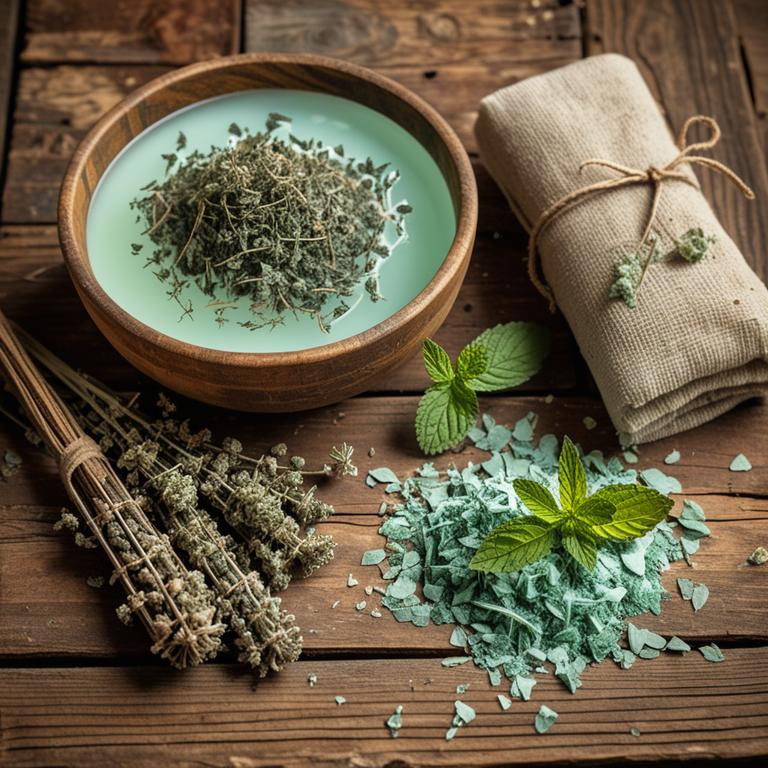
Mentha piperita, commonly known as peppermint, has been traditionally used in herbal baths to help alleviate symptoms associated with fever.
The cooling and soothing properties of peppermint essential oil can help reduce body temperature and provide a refreshing sensation to the skin. When added to warm water, peppermint can promote relaxation and ease discomfort caused by high body heat. However, it is important to dilute the essential oil properly to avoid skin irritation.
While peppermint baths may offer symptomatic relief, they should not replace professional medical advice or treatment for fever.
2. Rosmarinus officinalis
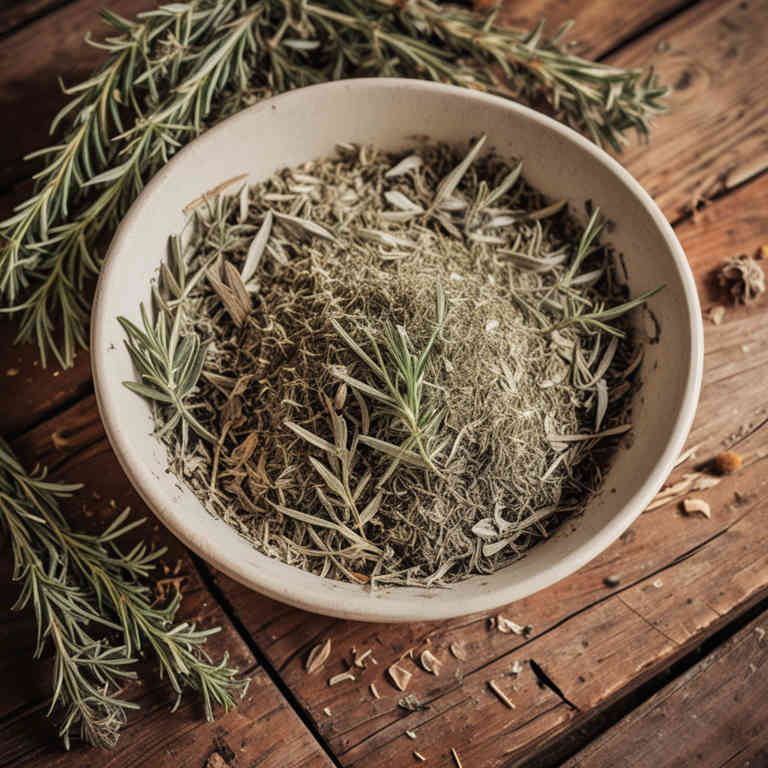
Rosmarinus officinalis, commonly known as rosemary, has been traditionally used in herbal baths to help alleviate symptoms of fever by promoting circulation and inducing a cooling effect on the skin.
The essential oils found in rosemary, such as cineole and camphor, have antimicrobial and anti-inflammatory properties that may support the body's natural healing process. When infused into bath water, rosemary can help soothe sore muscles and reduce body heat, offering a natural remedy for those experiencing mild fever. However, it is important to dilute the essential oils properly to avoid skin irritation, and individuals with sensitive skin or specific medical conditions should consult a healthcare provider before using rosemary baths.
While not a substitute for medical treatment, rosemary baths can be a complementary therapy to enhance comfort during a feverish illness.
3. Thymus vulgaris
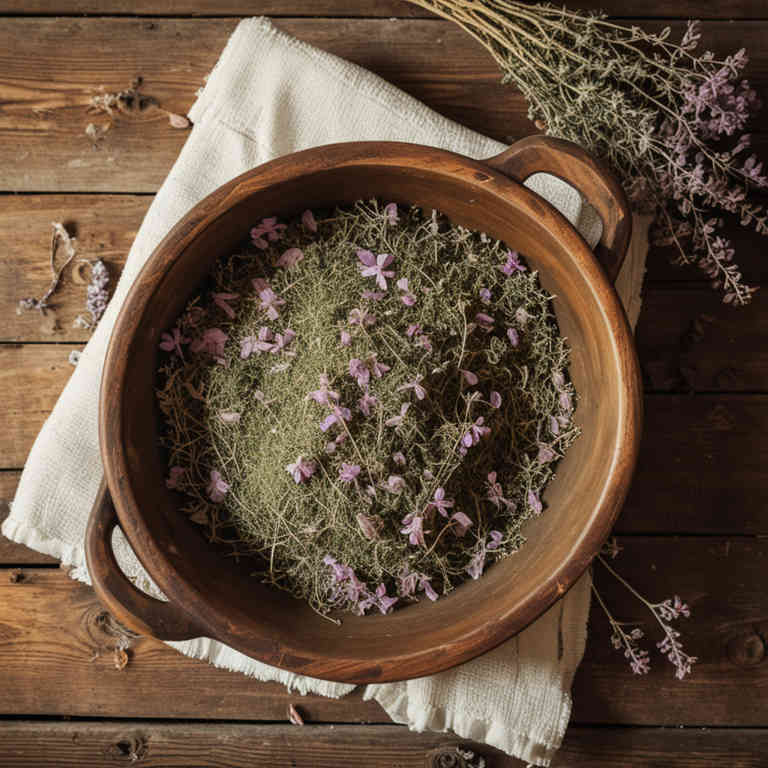
Thymus vulgaris, also known as wild thyme, has been traditionally used in herbal baths to help reduce fever due to its antimicrobial and anti-inflammatory properties.
When infused into warm water, the essential oils from thyme can be absorbed through the skin, promoting a soothing effect on the body. This type of bath is believed to support the immune system and aid in the body's natural process of fighting off infection. It is often recommended as a complementary therapy alongside conventional treatments for mild fevers.
However, it is important to consult with a healthcare professional before using thyme baths, especially for children or individuals with sensitive skin.
4. Hypericum perforatum

Hypericum perforatum, commonly known as St. John's Wort, has been traditionally used in herbal baths to help alleviate symptoms of fever.
The plant contains compounds such as hypericin and hyperforin, which are believed to have mild antiseptic and anti-inflammatory properties. When used in a bath, the essential oils or infusions of St. John's Wort can promote relaxation and may help reduce body temperature. However, it is important to note that while some historical uses suggest its potential benefits, scientific evidence supporting its effectiveness for fever is limited.
As with any herbal remedy, it should be used with caution and under the guidance of a healthcare professional.
5. Salvia officinalis

Salvia officinalis, commonly known as sage, has been traditionally used in herbal baths to help alleviate symptoms of fever by promoting sweating and reducing body heat.
The essential oils in sage leaves, particularly thujone and camphor, have antiseptic and cooling properties that may help lower body temperature when used in a bath. To prepare a sage bath, fresh or dried sage leaves can be steeped in hot water and then added to a warm bath, allowing the steam to release its aromatic compounds into the air. This method is believed to support the body’s natural cooling processes and may also help soothe inflammation and discomfort associated with fever.
While sage baths are considered a natural remedy, it is advisable to consult a healthcare professional before using them, especially for children or individuals with chronic health conditions.
6. Lavandula angustifolia

Lavandula angustifolia, commonly known as English lavender, has been traditionally used in herbal baths for its calming and soothing properties.
When infused into bathwater, lavender can help reduce body temperature and promote a sense of relaxation, which is beneficial for individuals with fever. The essential oils in lavender possess mild antiseptic and anti-inflammatory qualities that may support the body's natural healing process. Herbal baths with lavender can also help alleviate symptoms such as headache and muscle aches often associated with fever.
However, it is important to note that while lavender baths may offer comfort, they should not replace medical treatment for fever, especially in severe cases.
7. Sambucus nigra
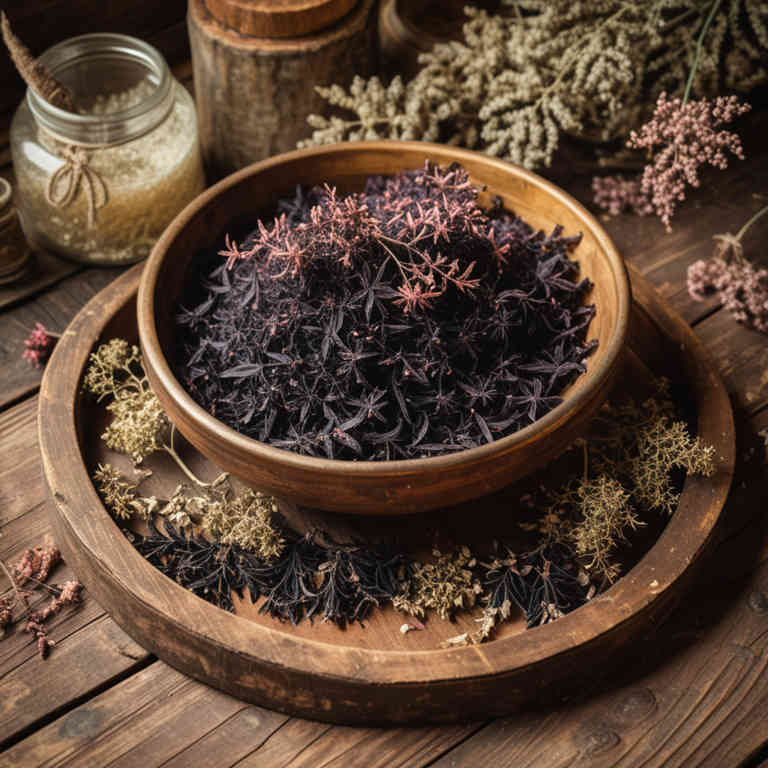
Sambucus nigra, commonly known as European elderberry, has been traditionally used in herbal baths to help alleviate symptoms of fever.
The plant contains bioactive compounds such as flavonoids and antioxidants, which may support the body's immune response and reduce inflammation. To prepare an elderberry bath, the dried berries are typically simmered in water to create a herbal infusion, which is then used for soaking. This type of bath is believed to promote sweating, which can help lower body temperature and ease discomfort associated with fever.
While it is often used as a complementary therapy, it should not replace professional medical treatment for high fever or severe illness.
8. Achillea millefolium
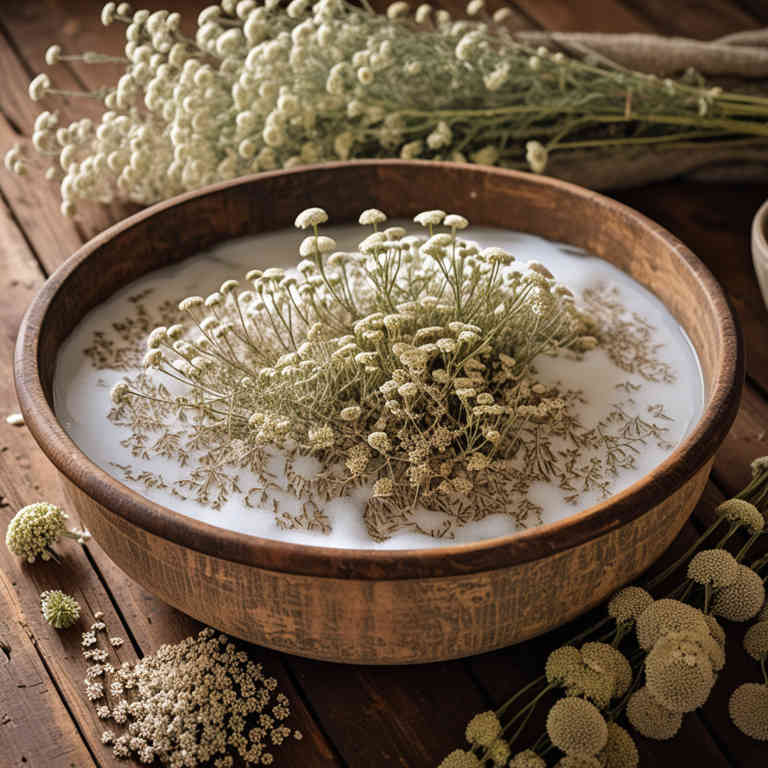
Achillea millefolium, commonly known as yarrow, has been traditionally used in herbal baths to help reduce fever due to its anti-inflammatory and antipyretic properties.
When infused into water, yarrow can soothe the skin and promote a cooling effect, which may help lower body temperature. Herbal baths with yarrow are often recommended as a gentle, natural remedy to alleviate symptoms of mild fever without the use of pharmaceuticals. The calming aroma of yarrow can also provide a sense of relaxation and ease discomfort associated with fever.
However, it is important to consult a healthcare professional before using yarrow baths, especially for children or individuals with certain medical conditions.
9. Echinacea purpurea
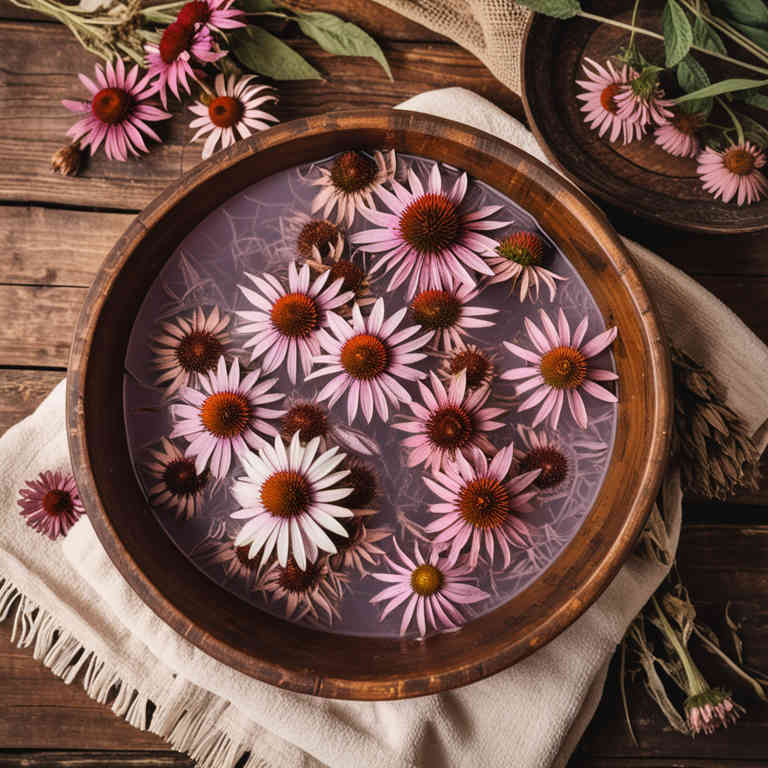
Echinacea purpurea, commonly known as purple coneflower, has been traditionally used in herbal remedies for its potential immune-boosting properties.
While it is more commonly consumed as a tea or tincture, some herbalists suggest using echinacea in baths to help alleviate symptoms of fever by promoting sweating and detoxification. To prepare an echinacea bath, a few tablespoons of dried echinacea herb are steeped in hot water, then cooled and added to a tub of warm water. This method is believed to help reduce body temperature and support the body's natural healing processes.
However, it is important to consult a healthcare professional before using echinacea baths, especially for those with allergies or chronic health conditions.
10. Urtica dioica

Urtica dioica, commonly known as stinging nettle, has been traditionally used in herbal baths to help alleviate symptoms of fever.
The plant contains compounds such as histamine and acetylcholine, which can cause a mild stimulating effect when applied to the skin, potentially helping to reduce fever by promoting circulation and sweating. A nettle bath involves steeping fresh or dried nettle leaves in hot water before adding it to a bath, allowing the heat and active compounds to soothe the body. This practice is believed to support the body's natural healing processes and may help lower body temperature.
However, it is important to use caution, as some individuals may experience skin irritation, and it should not replace professional medical care for high fevers.